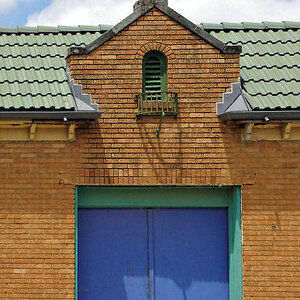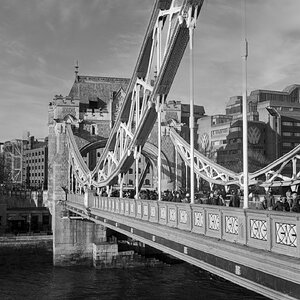ToddnTN
TPF Noob!
- Joined
- Jun 24, 2013
- Messages
- 85
- Reaction score
- 17
- Location
- Nashville, TN
- Can others edit my Photos
- Photos OK to edit
In the mid to late 90's I bought a Canon Elan IIe with the thought that digital photography would be fine for snap shots, but that it would never be able to replace "real" photography. Now my Elan IIe is a useless relic that at best is worth about $25.
I wonder if the same thing is going to happen to the DX format of DSLR's. How much longer will they be around; will full frame cameras drop in price enough to replace the DX format?
Any thoughts?
I wonder if the same thing is going to happen to the DX format of DSLR's. How much longer will they be around; will full frame cameras drop in price enough to replace the DX format?
Any thoughts?


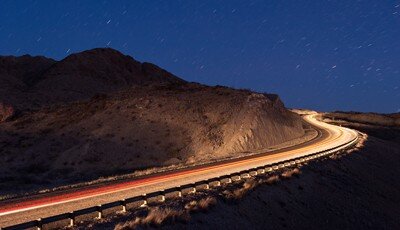



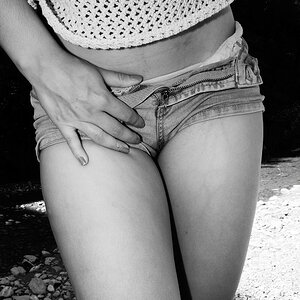


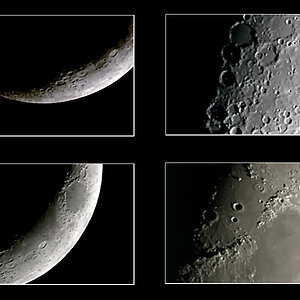





![[No title]](/data/xfmg/thumbnail/36/36674-2a99a33f8b4e9e3d34b08a4ec08fbde8.jpg?1619737676)
